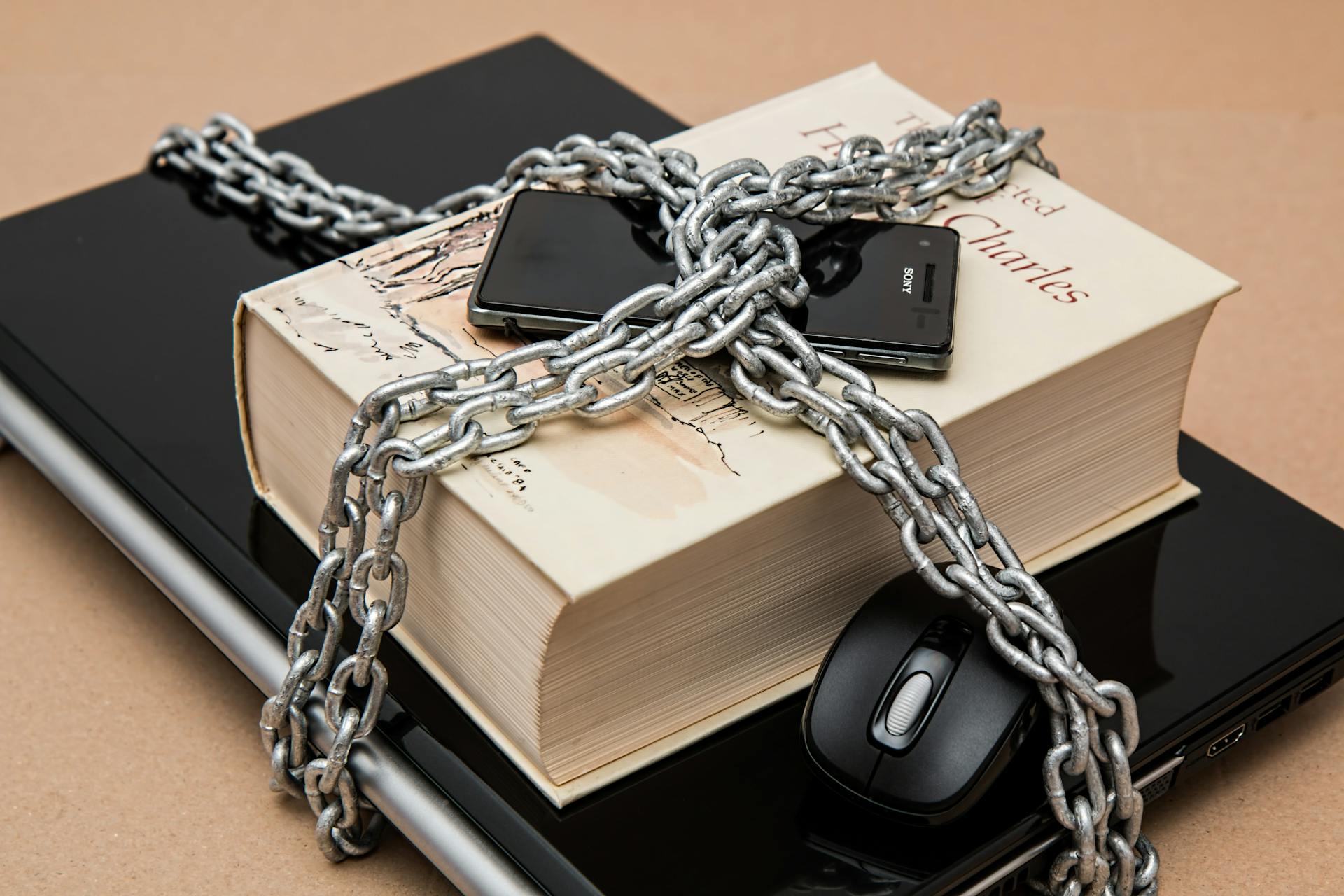Digital Rights Management (DRM): Balancing Content Protection and Customer Satisfaction


What is DRM?
DRM is a set of technologies that control how digital media is used, shared, and copied. It works by encrypting content and tying it to specific usage rules. For example, when you stream a movie, DRM makes sure only you (and your authorized devices) can watch it, and only under the terms you agreed to.
Why do we need DRM?
For creators and platforms, DRM is a shield against piracy. It helps them maintain control over how their work is distributed, ensuring they get paid for their efforts.
Streaming giants like Netflix, Disney+, and Amazon Prime rely on DRM to deliver encrypted content securely. Their players request decryption keys and play videos in a protected environment. DRM also powers ebooks, games, and even subscription software.
What happens behind the scenes in DRM?
Encryption: Content is scrambled using advanced encryption methods (like AES). Without the right key, the file is useless.
License & Keys: When you press play, your device requests a decryption key from a license server. If you're authorized (e.g., you paid for it), the server sends back the key.
Secure Playback: Even after decryption, DRM ensures you can't copy or share the content. Features like blocking screen recording keep it secure.
Usage Rules: DRM enforces limits, like how many devices can access the content, rental periods, or playback locations.
Challenges in building DRM?
Companies like Netflix and Disney create their own DRM systems. Many rely on services like Google Widevine, Apple FairPlay, or Microsoft PlayReady.
The first major challenge is user frustration. Restrictions like limiting the number of devices, requiring constant internet connectivity, or complicated login processes often alienate customers.To improve this, companies can offer offline playback, clear communication of rules, and simpler authentication methods like push notifications for multi-factor authentication.
Compatibility issues also arise, as not all devices support the same DRM systems. Using widely accepted DRM solutions like Google Widevine or Apple FairPlay can resolve this. Adopting common encryption (CENC) ensures content works across different platforms without needing separate versions.
Piracy is another challenge, as determined users can bypass DRM through screen recording or cracks. Companies can use watermarking to track leaks and dynamic encryption to protect content. Monitoring piracy sources and acting quickly with takedown notices can also help.
The high costs of DRM, especially for smaller companies, can be a barrier. Opting for scalable, cloud-based DRM services and starting with basic encryption can keep costs manageable while allowing for future growth and upgrades.
Balancing security with accessibility is tricky, as overly strict DRM can alienate users. Offering flexible licenses and temporary offline access, along with gathering user feedback, can help find a middle ground between security and convenience.
Negative public perception of DRM is common, with many users feeling restricted. Being transparent about DRM's purpose and emphasizing added features like cross-device syncing can ease concerns and improve user experience.
Interoperability issues make global content distribution difficult. Multi-DRM solutions and partnerships with content delivery networks (CDNs) can help companies ensure seamless access across various platforms.
In a Nutshell
DRM is like a digital bouncer, keeping content secure while letting authorized users enjoy it. It's not perfect, but it's a critical tool for protecting intellectual property in a world full of screens. By addressing these challenges with user-friendly solutions and clear communication, companies can protect their content while keeping customers satisfied.
